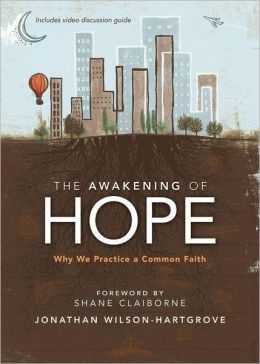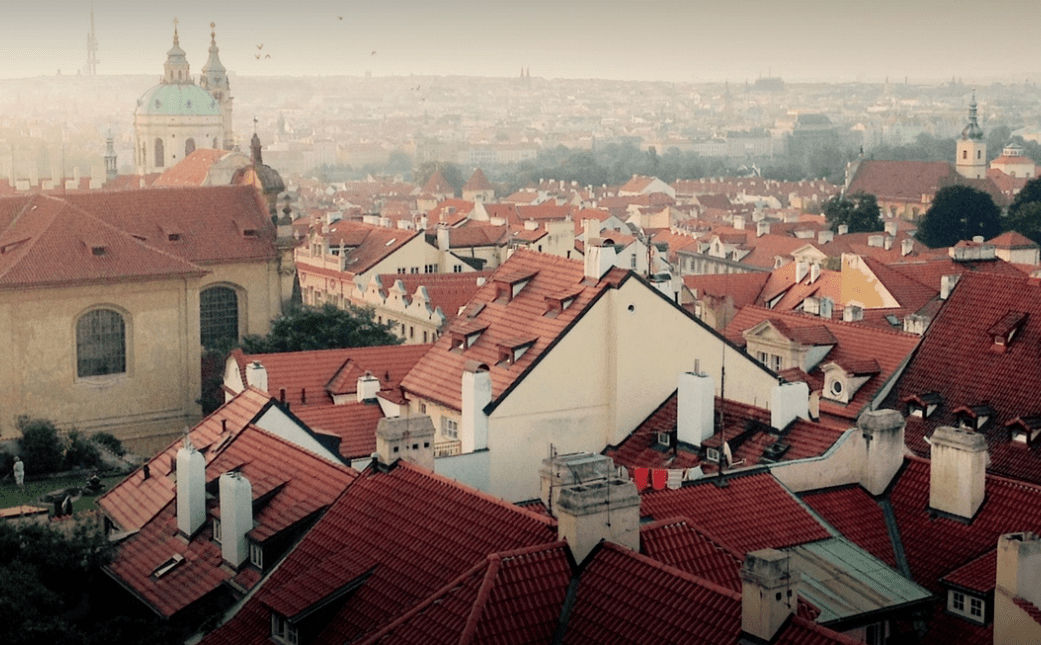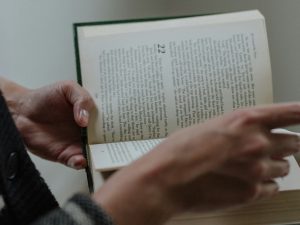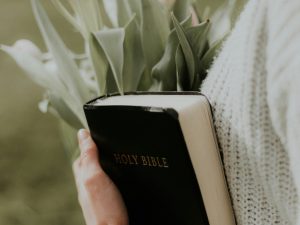As a historian, I appreciate reading books about the past. Yet as a person of faith, I seek out books that strengthen my faith in this present age. I am always amazed by the tales of The Salvation Army’s early days, and attempt to have a similar zeal, practicality and incarnational nature in my day-to-day life of faith. Those early Salvationists sought to transform the world and many did.
 In Thin Places: 6 Postures for Creating & Practicing Missional Community by Jon Huckins and Rob Yackley (The House Studio, 2012) and in The Awakening of Hope: Why We Practice A Common Faith by Jonathan Wilson-Hartgrove (Zondervan, 2012), the authors share early Salvationist-like outlines to living a life of faith. Both texts seek to explain the why and how to live in community while transforming the world and yourself. Both works provide insight and practical models, challenging the believer to intentionally participate in a missional and incarnational lifestyle.
In Thin Places: 6 Postures for Creating & Practicing Missional Community by Jon Huckins and Rob Yackley (The House Studio, 2012) and in The Awakening of Hope: Why We Practice A Common Faith by Jonathan Wilson-Hartgrove (Zondervan, 2012), the authors share early Salvationist-like outlines to living a life of faith. Both texts seek to explain the why and how to live in community while transforming the world and yourself. Both works provide insight and practical models, challenging the believer to intentionally participate in a missional and incarnational lifestyle.
Neither book makes the fatal flaw of becoming a step-by-step, “how-to” book. Rather, each presents what one work terms “practices” and the other “postures,” which provides help in experiencing and achieving how life is lived out together. In these days of narcissistic and selfish Christianity, both Huckins and Yackley and Wilson-Hartgrove bring clarification to what living in an authentic Christian community looks like and why we should practice our faith in such a way. Both books encourage community life and neighborhood engagement, a Christianity that is part of the fabric of each community where it lives.
 The authors present an approach to the Christian faith literally lived out in a moment-by-moment manner. The practice encourages helping the individual and larger body of Christ to participate in the day-to-day life of its community. These practices are not part of a global masterplan to conquer a city, state, or nation. They are daily practices lived out on a small scale within the community and how to live faithfully and authentically within the local church.
The authors present an approach to the Christian faith literally lived out in a moment-by-moment manner. The practice encourages helping the individual and larger body of Christ to participate in the day-to-day life of its community. These practices are not part of a global masterplan to conquer a city, state, or nation. They are daily practices lived out on a small scale within the community and how to live faithfully and authentically within the local church.
It would be a mistake to approach these works as mundane or simplistic. They are not. They challenge the 21st century believer to engage in a Christian lifestyle that would be antithetical to how most North American followers of Jesus live out their faith. The emphasis of both works are a highly organic, spiritual pilgrimage of the believer that flows out of a communal approach to faith.
Shared meals are as important as any aspect that you find within these works. The authors find the depth of faith gained from common shared rife with spiritual substance. The common meal represents communion—not served from a high altar by a priest, but a daily celebration of the life of faith as we experience and share it in community.
Huckins and Yackley and Wilson-Hartgrove present an approach to radical faith in the sense it is adversative to what most in our culture practice. They are challenged by the love of God to transform themselves and their small slice of the world—their neighborhood. The emphasis on local church is very much on the local level. Some might suggest this approach to the life of faith as simplistic and naïve, but if my history serves me correct, that was what some were saying about The Salvation Army 100 years ago.












